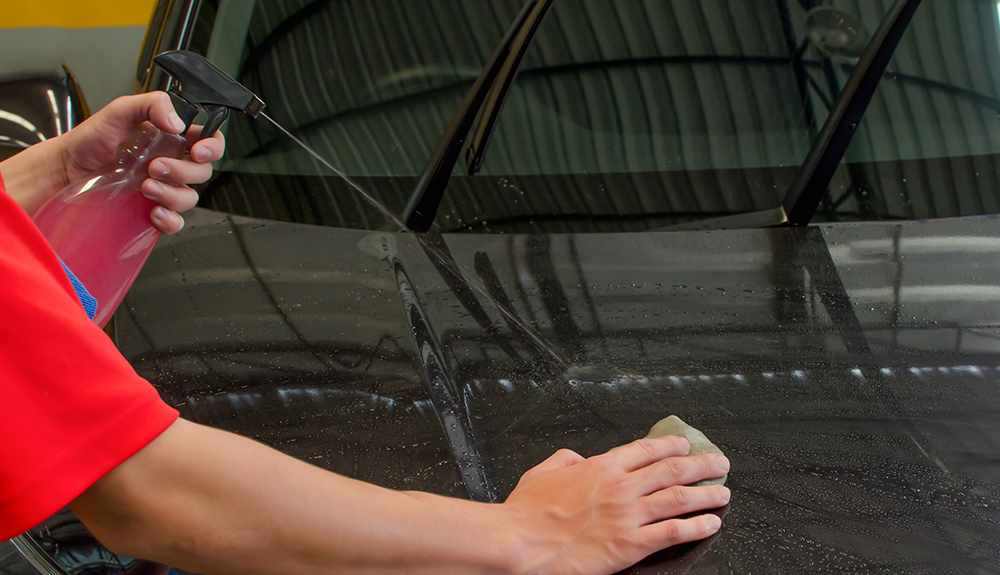A Gob of Clay Takes That Gritty Feel Away

By Jordan Guinn
Go into virtually any auto detailing shop or car collector’s garage and you’re bound to find a clay bar.
These inexpensive globs of earth are a vital resource for anyone who wants a paint job with a velvety smooth feel.
“There’s a reason clay bars are in every the garage of every car collector, body shop and dealership,” said Jennifer Olvera, administrative director for the Smart Detailing University in Los Angeles, a certified vocational school for professional auto detailing and reconditioning. “Because they’re so good at restoring that showroom feel.”
Simply put, clay bars remove contaminants bonded to the surface. Ever used Silly Putty to take print off a newspaper page? It’s the same basic principle when using clay on a vehicle’s paint job.
Claying can also remove paint swirls, grit, brake dust and other unsightly blemishes from the paint.
Though clay bars are a favorite of detailers and car care professionals, Olvera said the average car owner shouldn’t feel it’s for experts only.
“Using a clay bar is an easy task anyone can do,” she said. “People may feel intimidated that it may damage the paint, but as long as you keep the surface well-lubricated and work in straight lines or a ‘Z’ pattern it will work great,” Olvera said.
Olvera offers the following advice for working with clay.
- Keep the surface lubricated. Use a synthetic lubricant designed for claying.
- Take a little piece at a time off the bar for the best results.
- Clay will dry out. Store the unused clay in an airtight container to maintain freshness.
- Look for a clay kit. The kit typically includes lubrication, a towel and the bar itself.
- DO NOT use a piece of clay that has fallen on the ground.
- DO NOT use clay on the following surfaces: Matte paintwork/vinyl wraps, textured plastic trim or rubber (door/window seals, tires).
Copyright © 2018 by Sensible Driver. All rights reserved